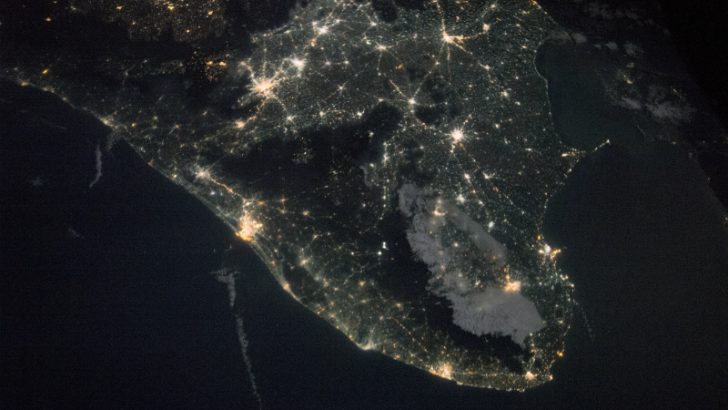
Reliance Jio has announced the availability of its 4G services from Monday across India. Their tariffs have started a price war across the country and will severely dent Airtel’s grip on the market if they can maintain the pricing and the network holds up.
Network concerns
There were concerns raised about the network during the initial trials. During the initial trials the failure rate of interconnection to Vodafone and Airtel was reportedly as high as 65%. The second issue is that Jio do not have a 2G or 3G network. Thus coverage in certain areas is likely to be sporadic. Users will not be able to make calls where there is no coverage. What this will probably mean is that while urban areas will have good coverage those in rural areas might suffer. In fact Jio are claiming that the coverage will be across 18,000 cities and 2 lakh villages initially. (Lakh being 100,000). The network covers 22 service areas across India.
Why rapid growth is expected
Reliance Jio expect to gain between 30 and 40 million new subscribers before the end of the year. This is because their initial offer is for free data and voice services until the end of the year. At that point one of four tariffs will kick in. This will mean that 72% of the 120 million smartphones due to be shipped this year will be 4G. Last year that figure was only 32% of 100 million. According to Morgan Stanley, by the end of the year Jio could be providing 40 million connections.
Mobile phone companies will need to be ready for that boost in demand. It will be interesting to see whether companies have sufficient stock to meet this demand. The India mobile handset market is already highly competitive and this will simply increase that competition.
Even after December 31st the tariffs remain competitive. Post paid tariffs start at only 149 rupees. Importantly they not only include unlimited cross network voice calls but also unlimited night time data usage. Jio determine night time as between the hours of 2 am and 5 am. Day time data usage is capped to 0.3 GB with an additional 0.7GB of WiFi usage available.
India joins video age
Users in India will now be able to start streaming video to devices. This has not been possible to date. It will open up a whole new wave of opportunities for people. While the mobile networks might be able to cope it will put pressure on other parts of the content industry. Social media sites in particular will need to significantly improve their infrastructure in the country.
India has a population of 1.3 billion (Worldometers) and the penetration of smart devices is set to rise faster than anywhere else. What will be interesting is the reaction Jio’s competitors. Jio are not aiming to make money from 4G for several years according to analysts. As a private company they will find this easier to do than Vodafone for example. Whether their network can support the phenomenal growth expected will be interesting. In the UK there were often issues with back-haul services during the initial roll out and mass adoption. Jio seems to have accelerated that roll out and grab of market share and it will be interesting to see if they can keep customers in the long run.
Conclusion
Jio has announced their presence in the market with an expensive loss leader. It will not be difficult for them to attract larger numbers of subscribers. It will have to deal with upcoming two pain points. The first will be in January when the tariffs kick in and initial feedback about network performance is available. This will be from both official statistics and anecdotal through existing subscribers. If they gain a reputation for poor service it will be hard to overcome in the medium term. The second critical point will be when the initial post paid contracts run out.
However, only once the initial contracts are up will Jio be able to measure the real success of this venture. If subscribers choose to leave Jio in a flood then it will have been a costly experiment for the company. However they should have had enough time and money by then to repair any of the initial issues. The free period leading up to the end of the year is likely to also help them gauge what the network requirements are for the service. If they can react quickly to rectify any shortcomings they should keep the churn down.

























